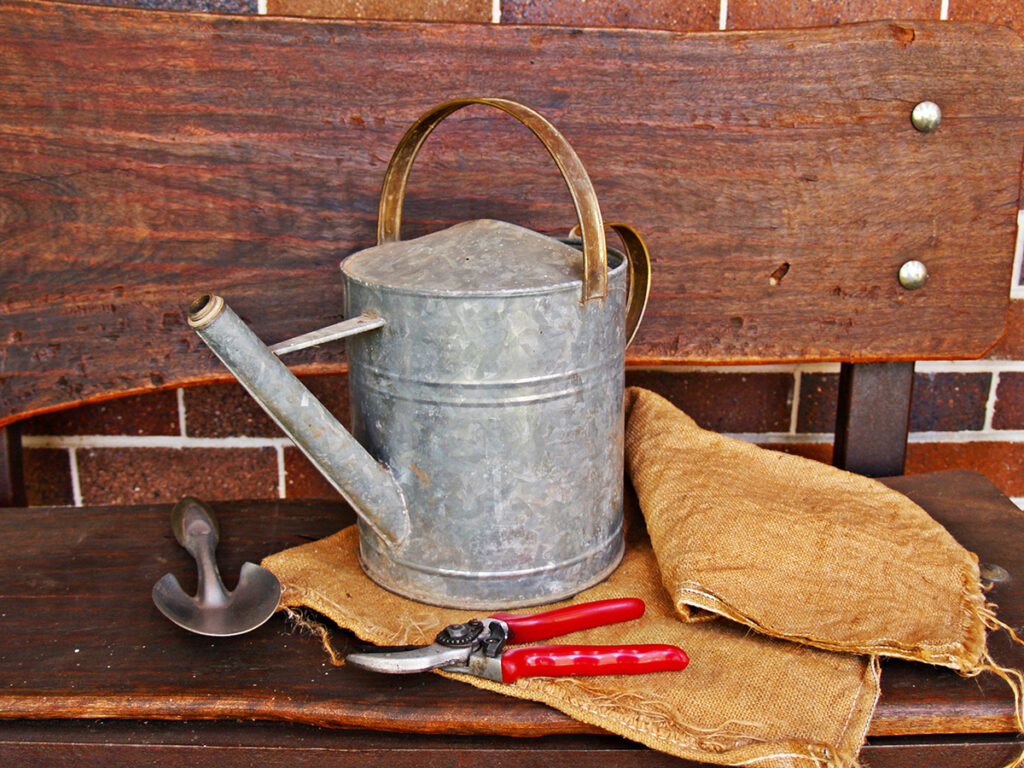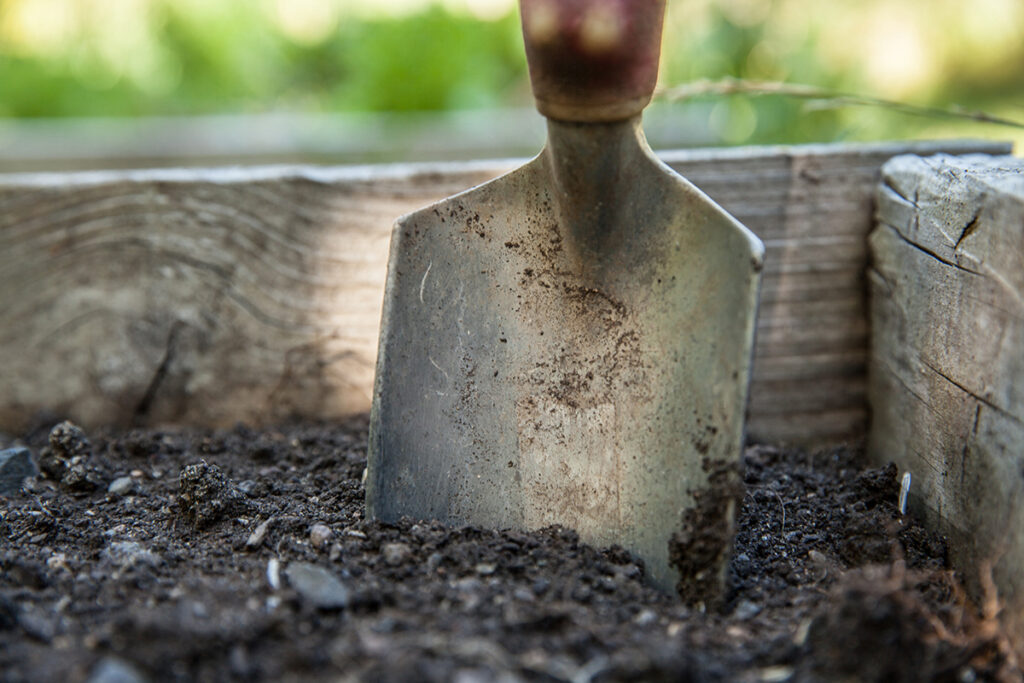By Deborah J. Benoit, Extension Master Gardener, University of Vermont
Fall foliage color has peaked, and leaves are falling. Temperatures are dropping, and it’s time to put the garden to bed. It is also a perfect opportunity to prepare for spring. What you do this fall can provide significant benefits when the garden wakes up next year.
Spring flowering bulbs will be the most visible reward for work done in the garden now. If you don’t have early blooming plants such as hellebores or witch hazel, consider adding spring blooming flowers such as low-growing crocus and snowdrops or showy daffodils and tulips. They bloom early (snowdrops will emerge beneath the snow) and provide welcome color at the beginning of the season. If deer are visitors to your yard, keep in mind they’ll love nibbling on tulips but will avoid daffodils.
Plant spring bulbs in clumps for a colorful splash, or scatter them between perennials for a sprinkle of color. If you have the time, create a new bed or two, adding spring blooming bulbs for an early show. As an added bonus, once you’ve prepared the bed for bulbs, it will be ready and waiting for additional plantings come spring.
If you’re planning on adding new beds next year, you can get a head start now. Mark out the area and trim grass or weeds as close to the ground as possible. Then, cover with a layer of moistened cardboard or multiple sheets of newspaper. Top with a layer of mulch to keep everything in place. By the time you’re ready to plant next spring, the grass or weeds will be smothered, and the bed will be ready to be prepared for planting.
Fall is an excellent time to have a soil test done. Why do a soil test? Without knowing the nutrients available in your soil, you may be adding unnecessary amendments and omitting those needed. A soil test can tell you your soil pH and available phosphorus (P), potassium (K), calcium (Ca), magnesium (Mg), micronutrients, and more, along with recommendations for amendments and fertilizer for specific crops. The University of Vermont Extension offers soil testing services. You can use a kit (available at UVM Extension offices and many garden centers) or print out a form from the website and mail in a soil sample—just 1/2 to 1 cup. Follow the directions at go.uvm.edu/soiltest.
You’ll thank yourself next spring if you clear weeds from existing beds now and add amendments recommended in your soil test results.
If you lost the war on weeds this year, you can get ahead of them now for next year’s garden. Most annual weeds have begun to die back and should be easier to pull. Just watch out for any seedheads. Avoid putting them in your compost pile to slow the spread of weeds to your garden in the future. Carefully remove seed heads and put them in the trash along with any diseased plant material.
The last item on your fall to-do list is likely storing garden tools for the winter. Take the time to clean them and sharpen those that need it. While doing that, inventory your garden tools. Over the winter, you’ll have time to repair or replace items and purchase what you don’t already have. When spring arrives, you won’t have to make an emergency run to the garden center.
It’s always sad to see the end of the gardening season, but doing a few simple tasks now can put you ahead of the game come spring.
Deborah J. Benoit is a UVM Extension Master Gardener from North Adams, Massachusetts, who is part of the Bennington County Chapter.

Inventory, clean and sharpen garden tools in the fall to prepare for spring.

Test your garden soil in the fall to learn what nutrients it contains.




